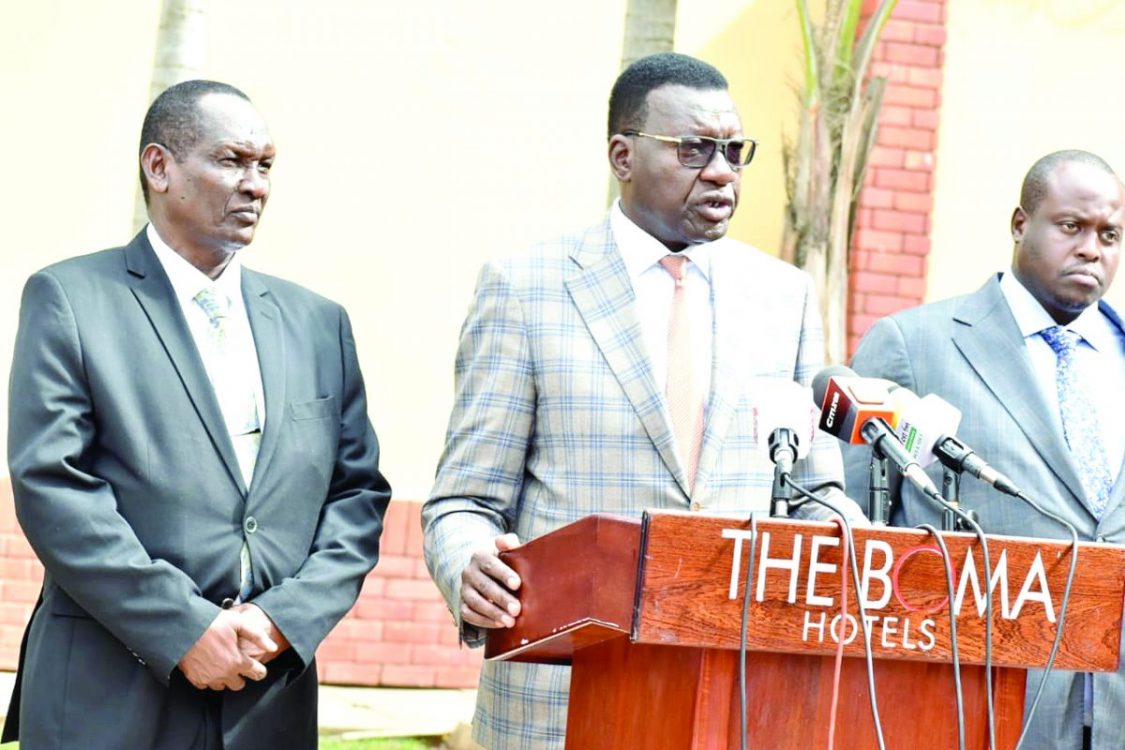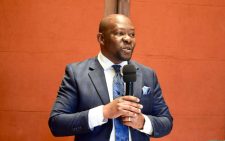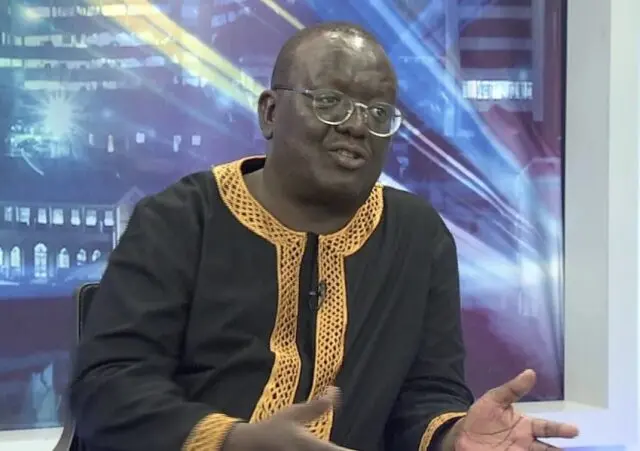State still in the dark about weekend massive blackout

Three days after the nationwide power outage, the government is still grappling with the cause of a blackout which caused significant shocks to the economy.
Despite the widespread impact, the government is yet to definitively ascertain what triggered the massive blackout with Cabinet Secretary for Energy and Petroleum, Davis Chirchir, saying the ministry is turning to data analysis to pinpoint the exact cause of the crisis.
Speaking to the media yesterday, Chirchir insisted that an imbalance in the power system was triggered by the loss of the Turkana wind plant, which was generating 250MW. This imbalance led to a tripping of major generation units and stations, culminating in a complete blackout across the grid.
“Our technical teams are analyzing the time stamps, the systems logs to look at what happened exactly because these logs are captured in mini seconds. Every activity is captured,” Chirchir explained.
He went on to reveal that teams from various sectors, including SCADA (Supervisory Control and Data Acquisition), Telcos and Kenya Power, are scrutinizing the logs to determine the exact sequence of events that led to the blackout.
Turkana Wind farm
Interestingly, while Chirchir is convinced that the loss of power from the Lake Turkana Wind Power caused the blackout, the wind farm has disputed this claim. In a statement issued on Sunday, the wind farm emphasized that it was not responsible for the power outage.
The Wind Farm’s statement explained: “LTWP was forced to go offline and stop generation following an over-voltage situation in the national grid system which, to avoid extreme damage, caused the wind power plant to automatically switch off.”
Kenya runs a National Control Centre located at Juja Road that is responsible for the operation of the Kenyan Power system as a whole. As part of its mandate, it controls and monitors the entire transmission and distribution networks. With such resources at their disposal, the Ministry of Energy should be able to guard the responsibility Kenyans have given them and to provide them with energy to power the economy.
The power outage had far-reaching consequences, affecting critical services such as hospitals, malls, manufacturers, and even airports. The blackout at the Jomo Kenyatta International Airport (JKIA), the country’s major entry point, raised alarms as backup generators failed, affecting international flights. To mitigate such scenarios, two new generators are expected to be commissioned at the airport in the coming weeks.
Frequent blackouts
Frequent blackouts have a huge impact on manufacturing, sometimes causing breakdowns to the machines and spoiling goods. There are also additional costs as industry players must buy fuel to power their alternative. Kenya Power and Lightning Company (KPLC) blamed the latest blackout, which followed a similar one last March, on “system disturbance.”
In the wake of the incident, the National Assembly’s Committee on Energy has summoned both CS Chirchir and Kenya Power CEO Joseph Siror to provide explanations regarding the circumstances that led to the blackout. As the nation seeks clarity and resolution, the energy sector is under increased scrutiny, with a focus on preventing future disruptions and minimizing economic fallout.
Kenya Power board chair Joy Mdivo-Masinde on Saturday painted a picture of what exactly caused the nationwide blackout on Friday evening. She however said that even though most parts of the country were reconnected to power supply before the end of the day, she warned Kenyans should expect interruptions through the weekend as the situation stabilised.
“The engineers have worked all night long, and have managed to get our Turkwel power station to put more into our grid,” she said. “Power will be back, at some point today, but brace yourself for intermittent supply until our engineers, God helping them, get the situation completely resolved,” she added.












